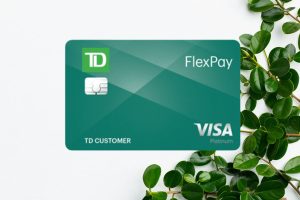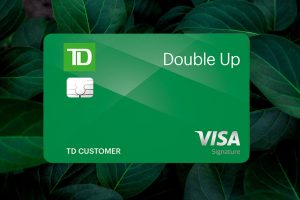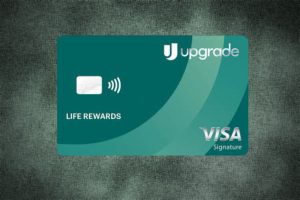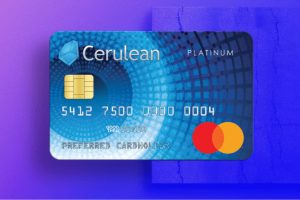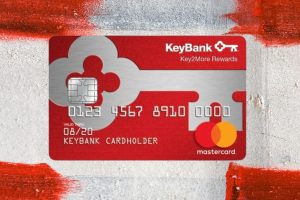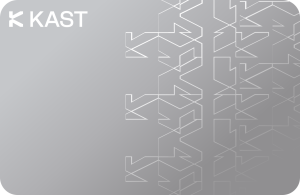Managing your finances efficiently is more important than ever, and digital banks have emerged as powerful tools to help you save smarter. With their innovative features, lower fees, and user-friendly interfaces, digital banks are revolutionising the way Americans handle their money. In this guide, we’ll explore how you can make the most of digital banking to maximise your savings.
Why Choose Digital Banks?

Digital banks operate primarily online, eliminating the costs associated with physical branches. This allows them to offer better rates and lower fees, making them an attractive option for modern banking. Let’s delve deeper into their benefits:
Lower Fees
Traditional banks often charge maintenance fees, overdraft fees, and require minimum balances, which can eat into your savings. Digital banks, by contrast, typically eliminate these charges. For example, platforms like Chime and Varo offer no-fee accounts, helping you retain more of your hard-earned money.
Higher Interest Rates
One of the standout features of digital banks is their competitive interest rates on savings accounts. While the national average for traditional savings accounts hovers around 0.01% APY, digital banks like Ally and Marcus by Goldman Sachs offer rates up to 3.50% APY. This means your money grows faster, with little to no effort on your part.
Convenience
With digital banks, your finances are literally at your fingertips. Whether it’s transferring money, paying bills, or checking your balance, you can manage your account anytime, anywhere through a smartphone or computer. This is particularly beneficial for people who value time and flexibility.
Innovative Tools
Many digital banks come equipped with cutting-edge features designed to simplify money management. For instance, budgeting apps integrated into banking platforms help track spending habits, while automatic savings tools can round up purchases or allocate a percentage of income directly into savings. These tools empower users to make smarter financial decisions effortlessly.
Eco-Friendly Banking
Operating online reduces the need for paper statements, in-person visits, and physical resources. By choosing a digital bank, you’re contributing to a greener planet while managing your finances efficiently.
Did you know? According to a 2023 survey, users of digital banks saved an average of $240 annually on fees alone. This amount can be redirected towards achieving financial goals, such as building an emergency fund or investing for the future.
Step 1: Find the Right Digital Bank for Your Needs
Choosing the right digital bank is crucial for maximising your savings. Here’s what to look for:
| Feature | Benefit | Example Banks |
| High-Yield Savings | Earn more on your deposits | Ally, Marcus by Goldman Sachs |
| No Monthly Fees | Save on unnecessary costs | Chime, Varo |
| Automatic Savings Tools | Effortless way to grow savings | Digit, Qapital |
| Budgeting Assistance | Track and manage spending | N26, Revolut |
Tip: Read reviews and explore each bank’s app features to ensure they align with your financial goals.
Step 2: Take Advantage of High-Yield Savings Accounts
High-yield savings accounts are a standout feature of many digital banks. These accounts offer interest rates significantly higher than the national average, helping your money grow faster. For example, while traditional banks might offer a 0.01% APY, digital banks like Ally or Marcus provide rates as high as 3.50% APY.
Example Scenario:
Let’s say you deposit $5,000 into a high-yield savings account with a 3.50% APY. After one year, you’d earn $175 in interest—compared to just $0.50 with a traditional account offering 0.01%.
Step 3: Automate Your Savings

Automation is one of the most effective ways to build your savings without constant effort. Digital banks excel in offering tools that make saving money seamless and consistent. Here are some ways they can help:
- Round-Up Programs: Every time you make a purchase, the bank rounds up the amount to the nearest dollar and transfers the difference to your savings account. For example, if you spend $4.75, $0.25 is automatically moved into savings. Over time, these small amounts add up significantly.
- Recurring Transfers: You can set up automatic transfers from your checking to savings account on a schedule that works for you—daily, weekly, or monthly. This ensures that saving becomes a consistent habit.
- Direct Deposit Allocations: Many digital banks allow you to designate a percentage of your paycheck to go directly into your savings account. For instance, allocating just 10% of a $2,000 paycheck means $200 goes straight into savings every month, building your nest egg effortlessly.
- Goal-Based Savings Features: Some platforms, like Qapital or Digit, let you create savings goals and automatically set aside funds to achieve them. Whether you’re saving for a vacation, a new gadget, or an emergency fund, these tools keep you on track.
Start small if you’re new to automating savings. Even setting aside $20 a week can lead to over $1,000 in savings by the end of the year, thanks to consistency and automation.
Step 4: Use Budgeting and Analytics Tools Effectively
Digital banks often come with robust budgeting and analytics features that simplify financial management. These tools are designed to give you a clearer picture of your spending habits and help you make informed decisions. Instead of just tracking expenses, these tools empower you to take control of your budget.
How to Maximise These Tools
- Expense Categorisation: Many apps automatically categorise your expenses into groups like groceries, entertainment, and utilities. This helps you see where your money goes at a glance.
- Set Budget Limits: Use the app to establish spending caps for categories prone to overspending, such as dining out or shopping.
- Track Progress: Regularly review your monthly spending reports to identify trends and adjust your budget. For example, if you notice a spike in entertainment expenses, consider reallocating funds to savings or essentials.
- Custom Alerts: Enable notifications for when you approach or exceed a budget limit, keeping your finances on track in real time.
Example: A user with a $2,000 monthly income could allocate $1,000 for fixed expenses, $500 for savings, and $500 for discretionary spending. Budgeting tools can help them stay within these limits without constant manual tracking.
Step 5: Understand and Mitigate Potential Drawbacks
While digital banks offer numerous advantages, it’s important to be aware of their limitations and plan accordingly. Here’s a closer look at common challenges and how to address them:
- Limited Cash Access: Depositing or withdrawing cash can be inconvenient since digital banks lack physical branches. To solve this, use a digital bank that partners with major ATM networks, or consider maintaining a secondary account with a traditional bank for cash needs.
- Customer Service Limitations: With no in-person branches, customer service is typically online or via phone. Opt for digital banks with highly rated customer support, and use chat features or FAQs for quick solutions.
- ATM Fees: Some digital banks reimburse ATM fees or provide access to free networks. Always confirm the bank’s ATM policies to avoid unexpected charges.
Combine a digital bank with a traditional one to enjoy the benefits of both worlds. For instance, use the digital account for savings and analytics while keeping a basic checking account at a physical bank for cash deposits and emergencies.
Step 6: Prioritise Security When Using Digital Banks
While digital banks offer convenience and cutting-edge features, security should always be a top priority. Cybersecurity threats are real, but taking proactive steps can protect your money and personal information.
Choose digital banks that prioritise security, such as those offering end-to-end encryption and fraud detection tools. Staying vigilant ensures you can enjoy the benefits of digital banking without compromising your financial safety.
Here are some essential practices to enhance your security:
Enable Two-Factor Authentication (2FA):
Ensure your account is protected by requiring a second form of verification, such as a text message or authentication app.
Use Strong Passwords:
Avoid common passwords and use unique combinations of letters, numbers, and symbols. Consider using a password manager for added security.
Monitor Account Activity:
Regularly review your transaction history for any unauthorized charges. Many digital banks offer real-time notifications for every transaction, helping you stay on top of your account.
Beware of Phishing Scams:
Always verify the source of emails or messages claiming to be from your bank. Avoid clicking on suspicious links or providing personal information online.
Secure Your Devices:
Keep your smartphone, tablet, or computer updated with the latest software to protect against vulnerabilities.
The Future of Your Savings with Digital Banks

Digital banks are transforming the financial landscape, offering tools and features that make saving money easier and more rewarding. By choosing the right bank, leveraging high-yield savings accounts, and automating your finances, you can maximise your savings effortlessly. Ready to take the leap? Explore your options today and start building a brighter financial future.
As digital banking continues to evolve, it’s essential to stay informed about new features and tools that can enhance your financial management. Regularly reviewing your banking options and adapting to technological advancements will ensure you remain ahead in achieving your savings goals.


